Graphic Novels in Isolation
Jim
Five days before the lockdown, my partner started showing symptoms of COVID-19 (don’t worry, she’s OK now). Faced with the prospect of not being able to go outside for two weeks, I took some small comfort in thinking about the amount of reading time I was going to have. Unfortunately, it didn’t turn out to be as simple as that.
I’m part-way through Martin MacInnes’ new novel Gathering Evidence, which I’ve really been enjoying, but every time I sat down with it after we’d sealed ourselves off from the world I found I just couldn’t...engage with it. Trying to read the words on the page felt like sliding across the surface of something I wanted to get beneath, and I found myself re-reading paragraphs over and over again without taking in either their content or meaning. This is no slight on MacInnes’ writing, however; I also tried dipping into other books, and reading long articles online. But every time I tried to read prose that went on for more than a few hundred words my focus just evaporated.
I soon learned from other people online that this loss of focus and concentration is not unusual in times of sustained stress and worry, especially for people (like myself) with a history of mental illness. Gutting as it was to feel unable to read the ever-growing pile of novels and short stories in my flat, I realised that there was still something I could spend that ample reading time on: graphic novels.
Graphic novels - or comics, as I like to call them (I once wrote an article for an Edinburgh webzine containing a breakdown of the terms) - are, at their best, a melding of literature and visual art. They can also just be incredibly fun. Their effectiveness in getting struggling young readers into books has led many people to assume that graphic novels are automatically easier to read than prose works, when actually the two reading experiences are completely different.
I’ve been reading graphic novels for nearly twenty years, and over the last ten days of isolation I’ve been reminded just how versatile they are as a reading medium.
You can dedicate the same level of focus to a graphic novel as you would to a prose work (indeed, some of the more intricate examples of the form demand it), but if you’re unable to they can still be enjoyed in a more passive manner - somewhere between reading a book and watching a movie. You might not be able to appreciate all the details of the artwork, or the inventive uses of page structure (although these are the sort of things that make graphic novels eminently re-readable), but in most cases you will be able to enjoy the narrative and be transported somewhere else through mere linework and shading.
This might not hold true for everyone, because I’m sure being visually-minded has something to do with it, but for me graphic novels have become the perfect quarantine reading. If, like me, you’ve been struggling to read during this ongoing period of isolation, I urge you to give them a go. And to get you started, here’s a list of recommended graphic reads from the Lighthouse team.
Linked Books
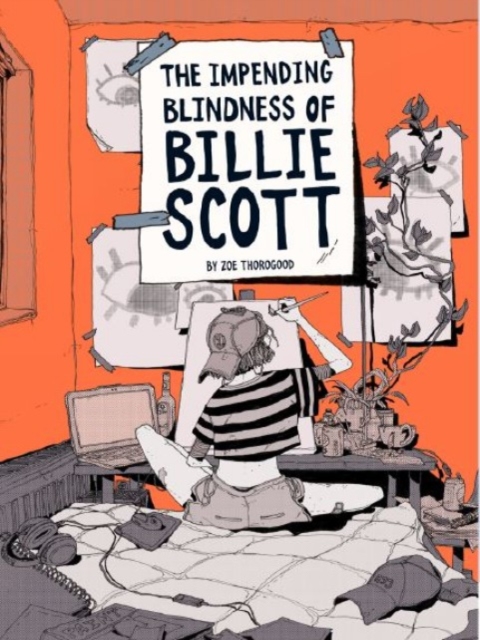
- title
- Impending Blindness Of Billie Scott
- author
- Thorogood, Zoe
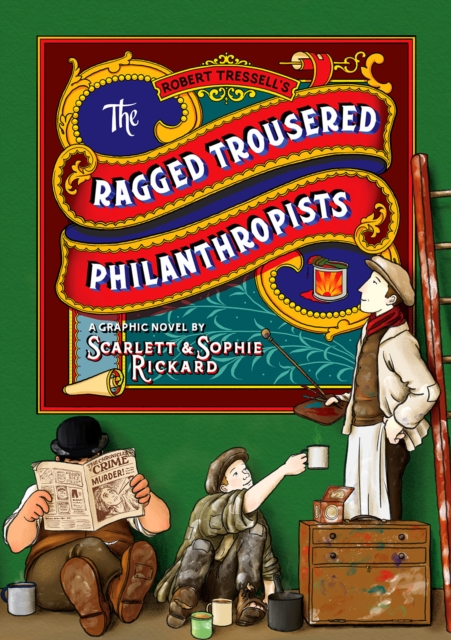
- title
- The Ragged Trousered Philanthropists
- author
- Rickard, Scarlett, Rickard, Sophie, Tressell, Robert
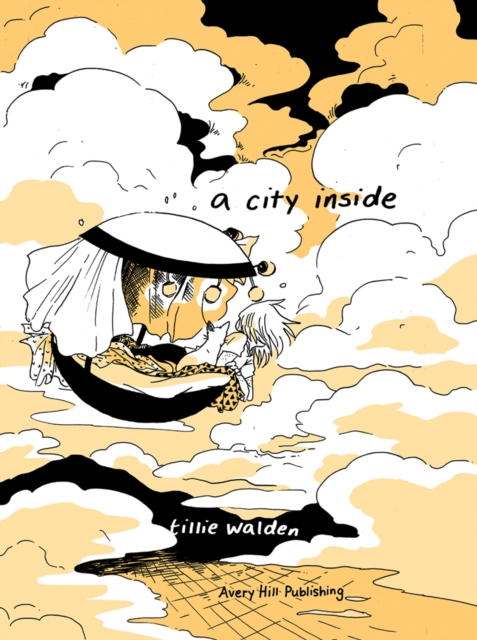
- title
- A City Inside
- author
- Walden, Tillie

- title
- Kindred: A Graphic Novel Adaptation
- author
- Butler, Octavia, Jennings, John
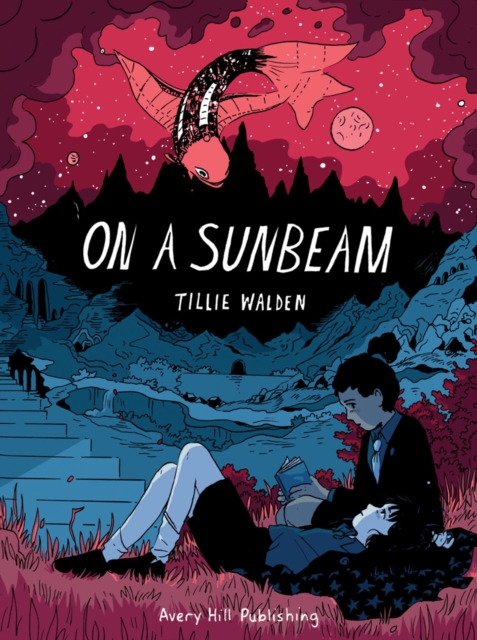
- title
- On A Sunbeam
- author
- Walden, Tillie
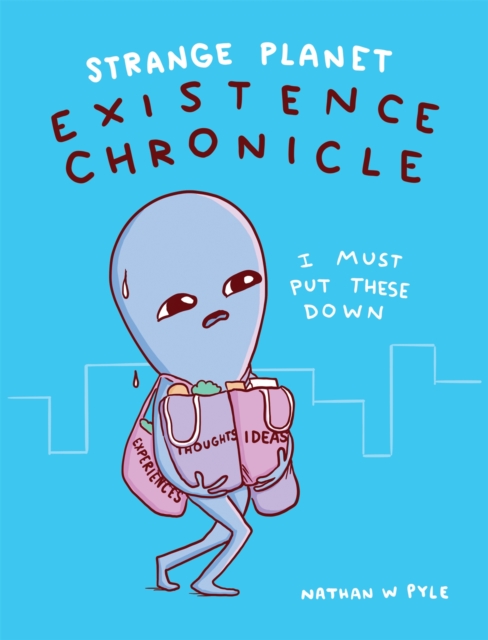
- title
- Strange Planet: Existence Chronicle
- author
- Pyle, Nathan W.
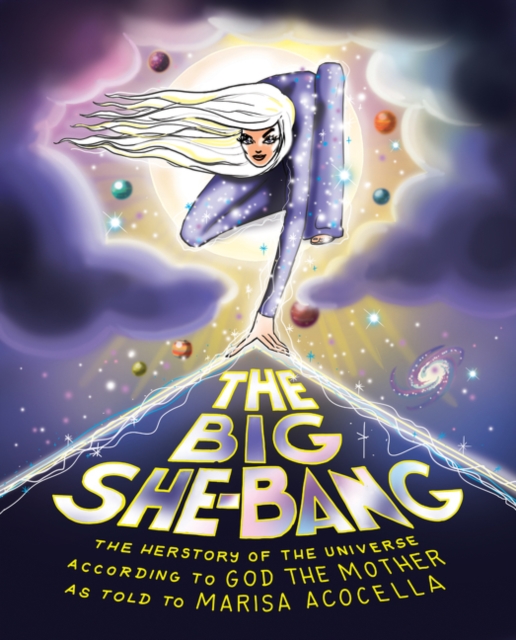
- title
- The Big She-Bang : The Herstory of the Universe According to God the Mother
- author
- Acocella, Marisa
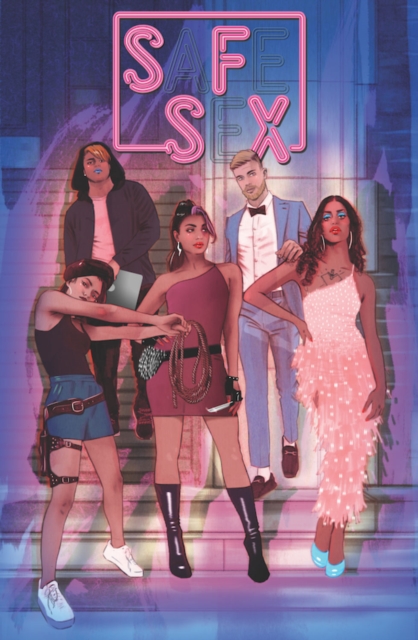
- title
- SFSX (Safe Sex) Volume 1: Protection
- author
- Horn, Tina, Dowling, Michael, Hickman, Jen, Gutierrez, Alejandra, Lotay, Tula
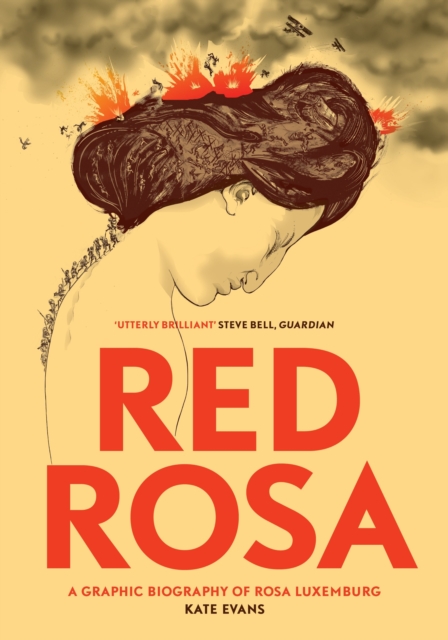
- title
- Red Rosa : A Graphic Biography of Rosa Luxemburg
- author
- Buhle, Paul

- title
- Biscuits : Assorted
- author
- Robins, Jenny
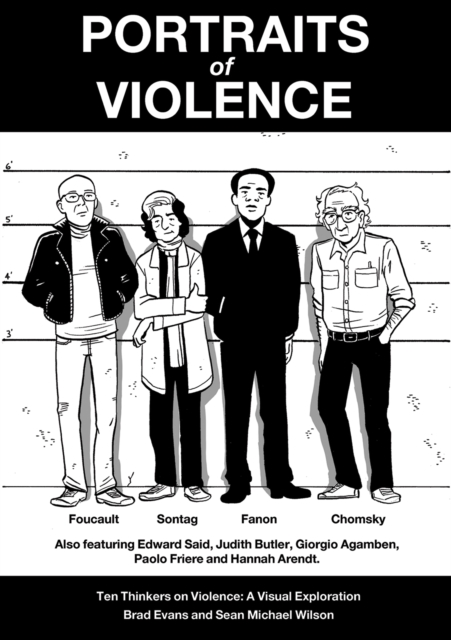
- title
- Portraits of Violence : Ten Thinkers on Violence : a Visual Exploration
- author
- Evans, Brad

- title
- Freedom Bound
- author
- Pleece, Warren
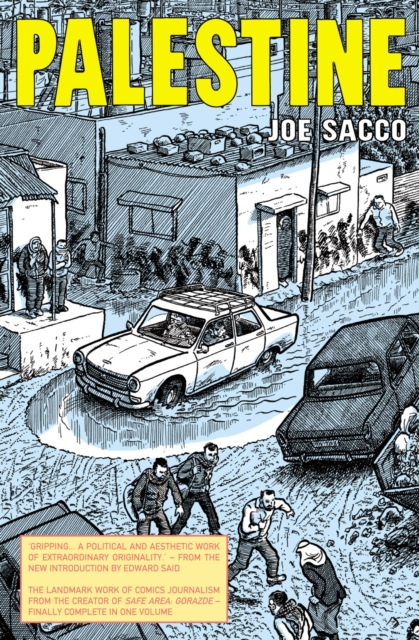
- title
- Palestine
- author
- Sacco, Joe
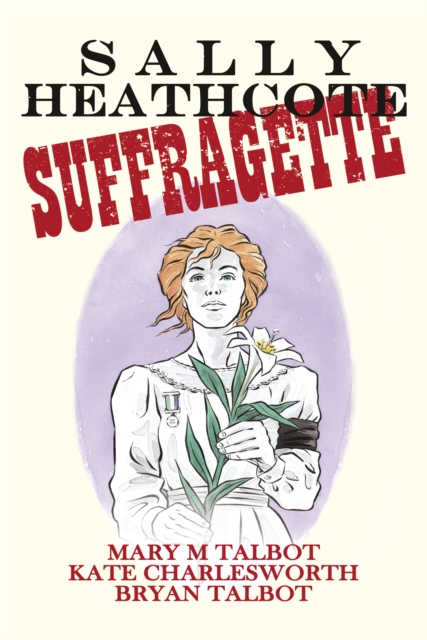
- title
- Sally Heathcote : Suffragette
- author
- Talbot, Mary, Charlesworth, Kate (Illustrator), Talbot, Bryan
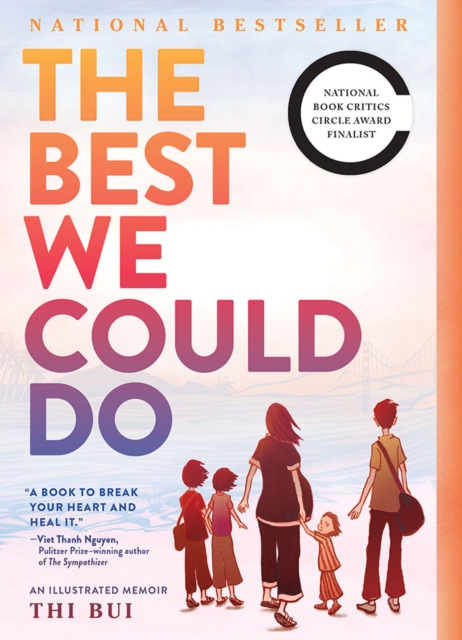
- title
- The Best We Could Do : An Illustrated Memoir
- author
- Bui, Thi